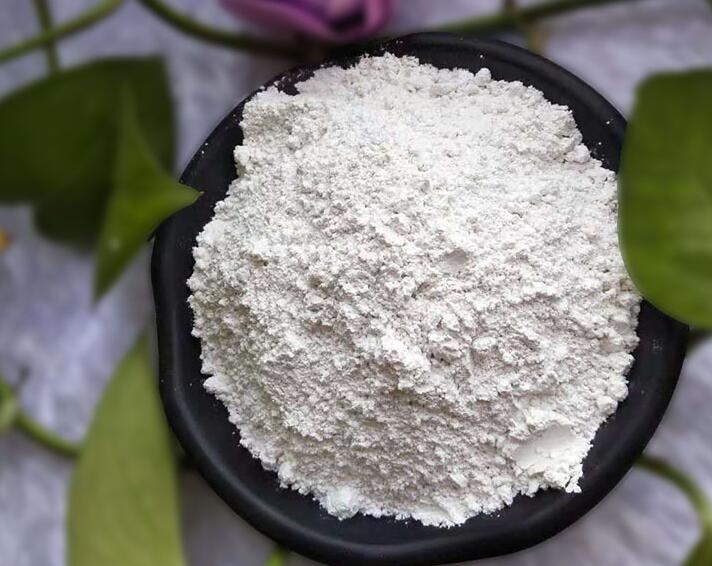New choice for industrial waste gas treatment: three core advantages of magnesium hydroxide in flue gas desulfurization

With increasingly stringent environmental protection policies, enterprises are in urgent need of low-cost and highly compatible waste gas treatment solutions. The magnesium hydroxide method is changing the status quo of the industry with its three core advantages:
Advantage 1: Strong anti-scaling ability. The traditional lime method is prone to nozzle clogging due to calcium carbonate deposition, while the magnesium sulfate generated by the magnesium hydroxide reaction has a solubility of up to 35g/100ml at 20°C, which effectively solves the problem of equipment maintenance. The operating data of a thermal power plant shows that after the use of magnesium hydroxide, the cleaning cycle of the equipment is extended from 15 days to 90 days.
.
Advantage 2: Cooperative treatment ability for multiple pollutants. Magnesium hydroxide can not only remove sulfides, but also remove heavy metals (such as lead, cadmium) and dioxins in waste gas by adsorption. Experiments show that under the condition of pH 8.5, its adsorption rate for Pb²⁺ can reach 97%. This "one dose, multiple effects" feature is particularly suitable for treating complex waste gas scenarios such as waste incineration plants.
.
Advantage 3: Recycling of resources. The byproduct magnesium sulfate can be used as a fertilizer raw material or industrial water treatment agent. For example, a Japanese steel plant made magnesium fertilizer by concentrating desulfurization wastewater, creating an annual income of more than 2 million yen, truly realizing "waste-to-treatment".








